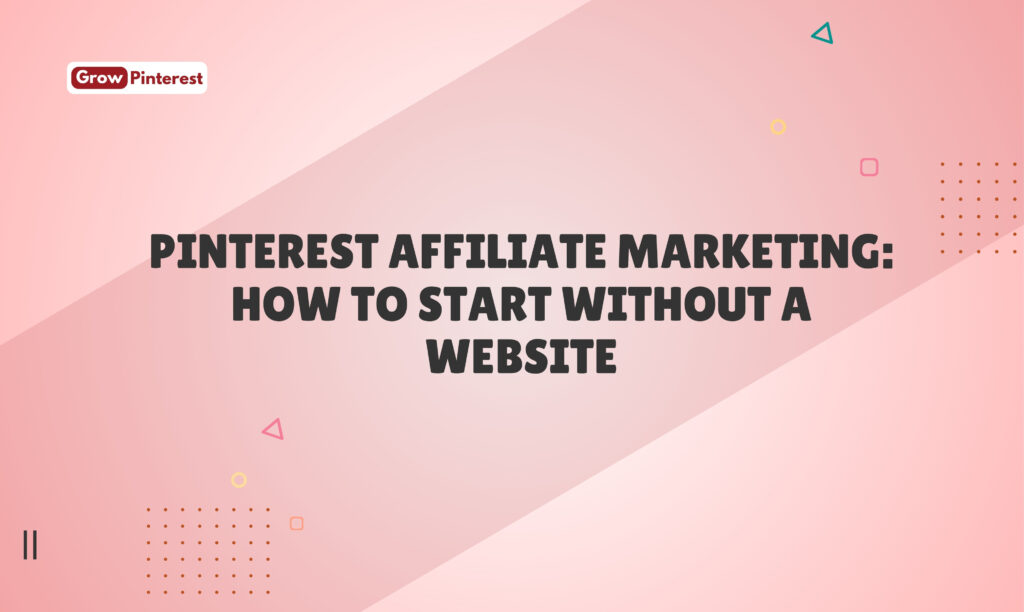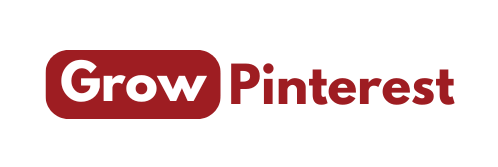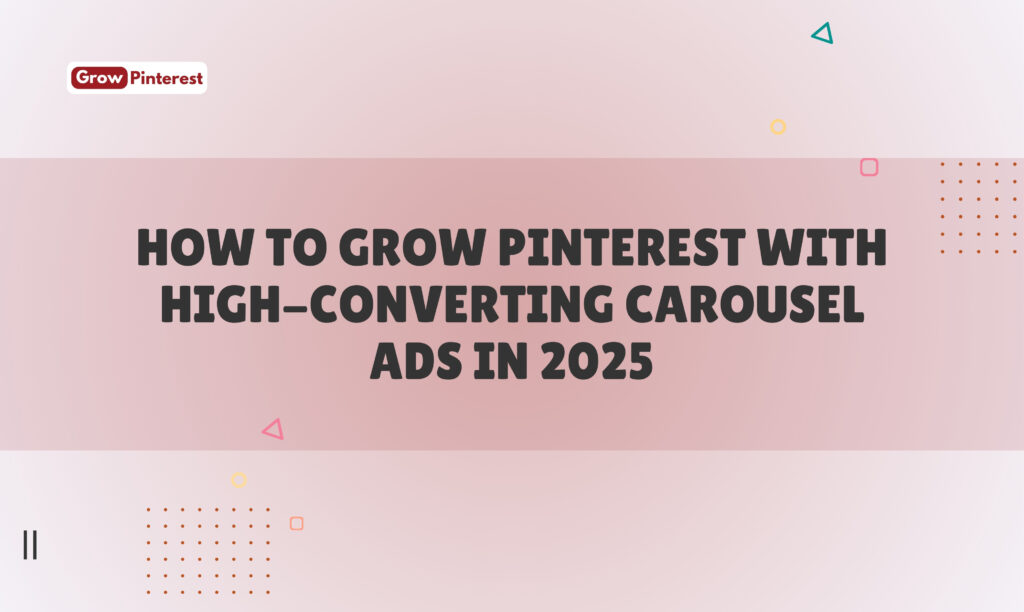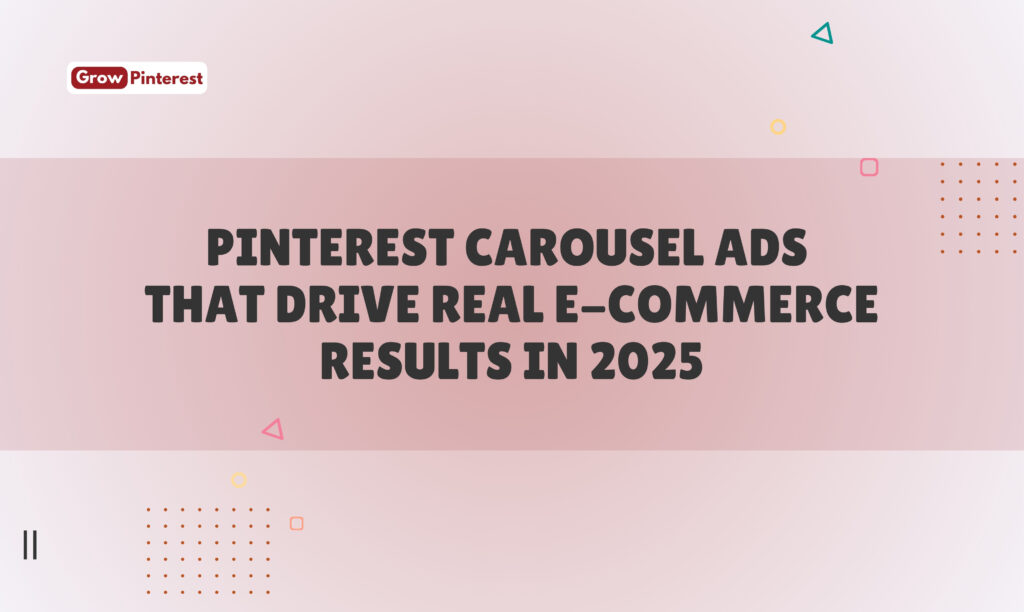
Pinterest affiliate marketing offers a unique path to earning income online, even if you don’t have a blog or website. With the right strategy, you can use Pinterest as your main traffic source, promote affiliate links, and build a steady stream of commissions. In this guide, we’ll answer questions like “Can you do affiliate marketing on Pinterest without a website?”, “What is Pinterest affiliate marketing?”, and “How to start Pinterest affiliate marketing?”.
What Is Pinterest Affiliate Marketing?
Pinterest affiliate marketing means placing affiliate links inside your Pins or boards so that when someone clicks and completes a purchase or action, you earn a commission. Since Pinterest acts like a visual search engine, it’s ideal for promoting products that match what people are already looking for.
Can You Do Affiliate Marketing on Pinterest Without a Website?
Yes, you can. Many creators succeed with affiliate campaigns on Pinterest without owning a website. You’ll still need to use a business account, a focused niche, optimized Pins, and disclosed affiliate links.
How to Do Pinterest Affiliate Marketing: Step-by-Step
Set up a Pinterest Business Account: Get access to analytics and business tools.
Choose a niche: Pick an area you understand and that has search demand (e.g., DIY crafts, home décor, gadgets).
Join affiliate programs: Find affiliate marketing programs that align with your niche—Amazon Associates, niche networks, direct brand programs.
Create affiliate pins: Use keyword-rich titles and descriptions (for Pinterest SEO), vertical images, and destination links. Use disclosure (#affiliate or #ad).
Optimize for GEO & AEO: If you’re targeting a region, include location-based keywords like “USA home gadgets affiliate”. Use question-based titles like “How to start Pinterest affiliate marketing?” for AEO.
Analyze & iterate: Use Pinterest Analytics to track saves, clicks, and conversions. Refine what works.
Pinterest Affiliate Marketing Best Practices & Rules
Be transparent: disclose affiliate links clearly.
Avoid cloaked or redirect links that mislead users.
Don’t spam: repeat quality Pins rather than overload with affiliate links.
Always match your affiliate products to your niche and audience. Genuine recommendations build trust.
Pinterest Affiliate Marketing Examples
A home décor creator posts a Pin titled “Best budget lamps for small US apartments” with affiliate links to lamps—each card shows a different style.
A beauty niche creator makes “top 5 trending skincare tools” Pin, each slide linking to affiliate products and uses keyword-rich descriptions like “pinterest affiliate marketing examples skincare”.
A digital course promoter uses an Idea Pin to show a quick tutorial with a “Swipe up to learn more” affiliate link to a course platform.
Final Thoughts
If done right, Pinterest affiliate marketing can be a low-cost, high-reward strategy for creators serious about earning without owning a website. Focus on niche relevance, quality visuals, smart keyword targeting (including GEO and AEO), and strictly follow Pinterest rules.
If you’d like hands-on help setting up your affiliate strategy, optimizing your Pinterest profile, or creating converting affiliate pins, we support brands and creators every step of the way.
👉 Visit growpinterest.com to get personalized support and start monetizing your Pinterest traffic.
Get Started
Let's Build Something Great!
Let's Build
Something Great!
Helping brands grow with powerful Pinterest marketing strategies.
Our Team




